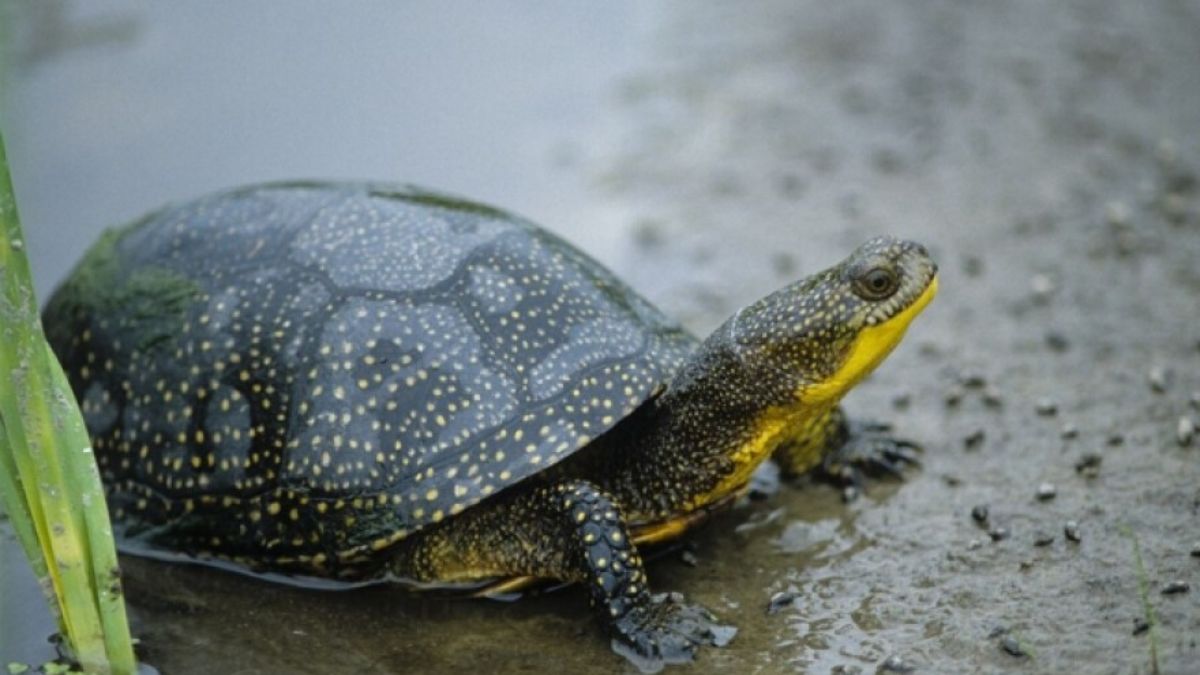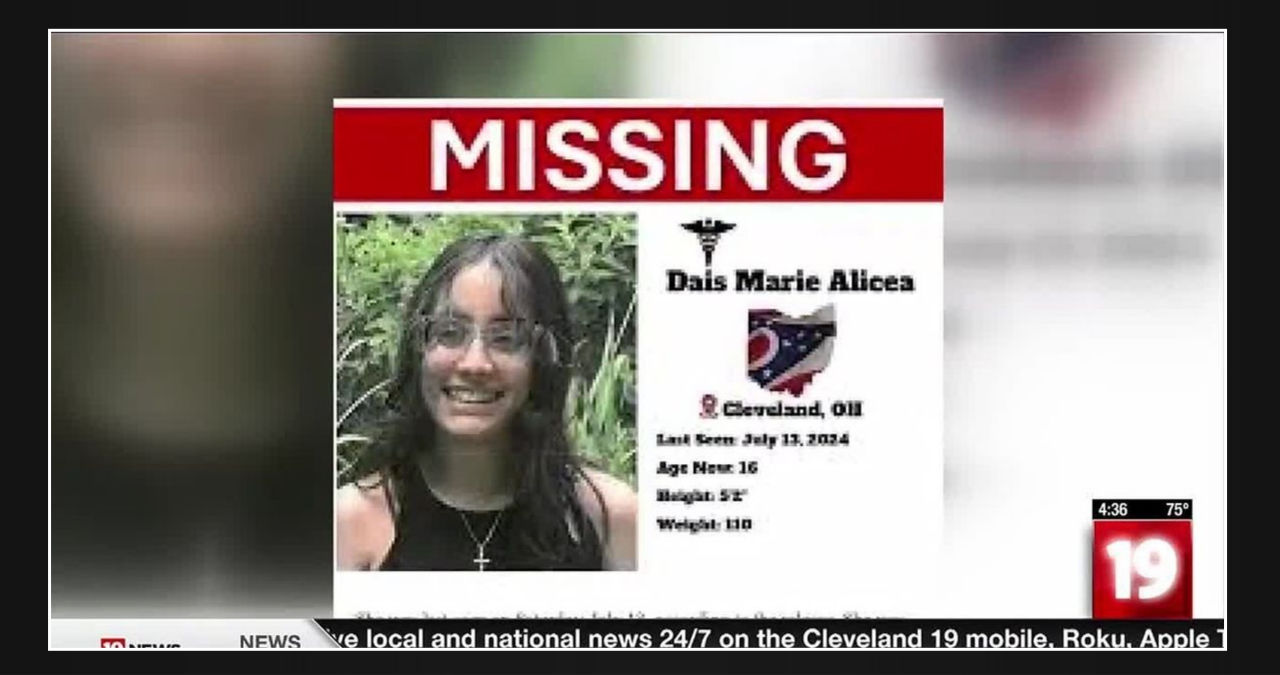The federal government has recently granted almost $500,000 to the state wildlife agencies in Michigan and Ohio for conducting research on rare turtles.
As part of its efforts to support rare and declining fish and wildlife and their habitats throughout the country, the U.S. Fish and Wildlife Service has allocated over $7 million in grants. This year, several states, including Hawaii, Minnesota, Iowa, North Carolina, and South Carolina, have been selected to receive funding through this program.
Michigan will be dedicating its efforts towards the conservation of Blanding’s and spotted turtles, two rare species commonly found in wetlands.
Researchers will use the funding to gain a better understanding of the population status of both species, with a focus on assessing the survival rates of nests and hatchlings.
According to Yu Man Lee, a conservation scientist with the Michigan Natural Features Inventory, biologists had previously believed that Blanding’s turtle populations in Michigan were thriving.
According to the expert, Blanding’s turtles are known to be quite mobile. They can often be found in urban and suburban areas, even in people’s yards.
The credit for the given image goes to Brianna Hukill from MNFI.
In recent years, the discovery of young turtles by scientists has been relatively scarce, and nests have been experiencing high predation rates.
According to Lee, spotted turtles are not as commonly found in Michigan compared to Blanding’s turtles. At present, both species are being evaluated by the U.S. Fish and Wildlife Service for probable inclusion in the Endangered Species Act. A verdict on their status is anticipated later this year.
The credit for the provided image goes to Kile Kucher from MNFI.
Habitat loss poses a significant threat to both turtle species. Michigan’s Department of Environment, Great Lakes, and Energy reported that the state lost almost 40% of its wetlands by 2005.
According to state regulators, despite the passage of the Geomare-Anderson Wetlands Protection Act in 1979, the loss of wetlands in Michigan has not completely stopped. The efforts to restore or create new wetlands are being outpaced by the rate of habitat loss.
Conservation efforts are made more challenging by the fact that both types of turtles require dry areas near wetlands for nesting.
According to Lee, female turtles usually create their nests in open sandy locations. However, due to excessive vegetation growth or human intervention, many suitable nesting sites next to wetlands have been overshadowed or lost. Sometimes, turtles are also prone to getting hit by vehicles while crossing roads to reach their nesting areas.
Raccoons or other predators pose a threat to turtle nests and hatchlings, as they can disturb the nesting area or prey on the newly hatched turtles. Additionally, the illegal pet trade is another threat faced by turtles.
Researchers are investigating whether climate change could be a factor in the reduced survival rates of eggs and hatchlings, potentially impacting nesting success. Ongoing studies are focusing on changes in weather patterns as a potential contributor to this phenomenon.
According to Lee, turtles play a crucial role in the ecosystems they inhabit. Losing them could have detrimental effects on their habitats.
According to her, these ecosystems are interconnected, and everything is dependent on each other. She further added that the species in these ecosystems are not only fascinating but also unique in their own way.
According to Lee, it takes turtles between 11 to 20 years to reach adulthood, depending on their species. Additionally, these creatures have a long lifespan and can live for more than a century. As an example, a study conducted in southeast Michigan discovered a female turtle that was thought to be around 90 years old and still actively laying eggs.
Researchers in Michigan and Ohio will receive essential funding to study turtle populations, safeguard nests and baby turtles, and revive their natural habitats. The grant will be instrumental in aiding these conservation efforts.
There are over 300 rare or declining animals listed as “species of greatest conservation need” in Michigan’s Wildlife Action Plan. Lee expresses concern regarding the insufficiency of funds to support work on all of these species.
According to the speaker, the grant program has been instrumental in providing crucial funds to work on the targeted species. She emphasized that without the grant, the team would have to struggle to secure the necessary resources.







